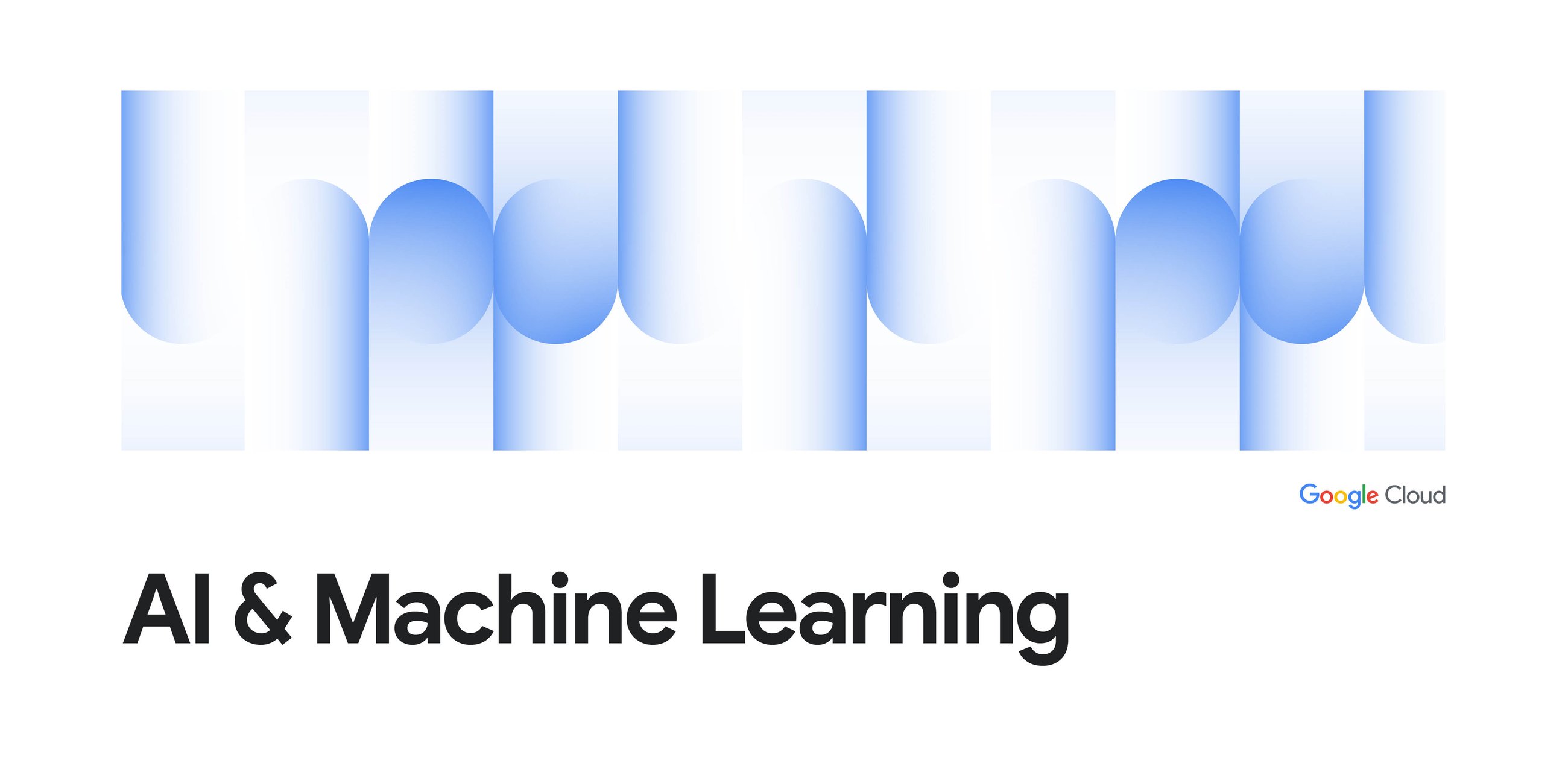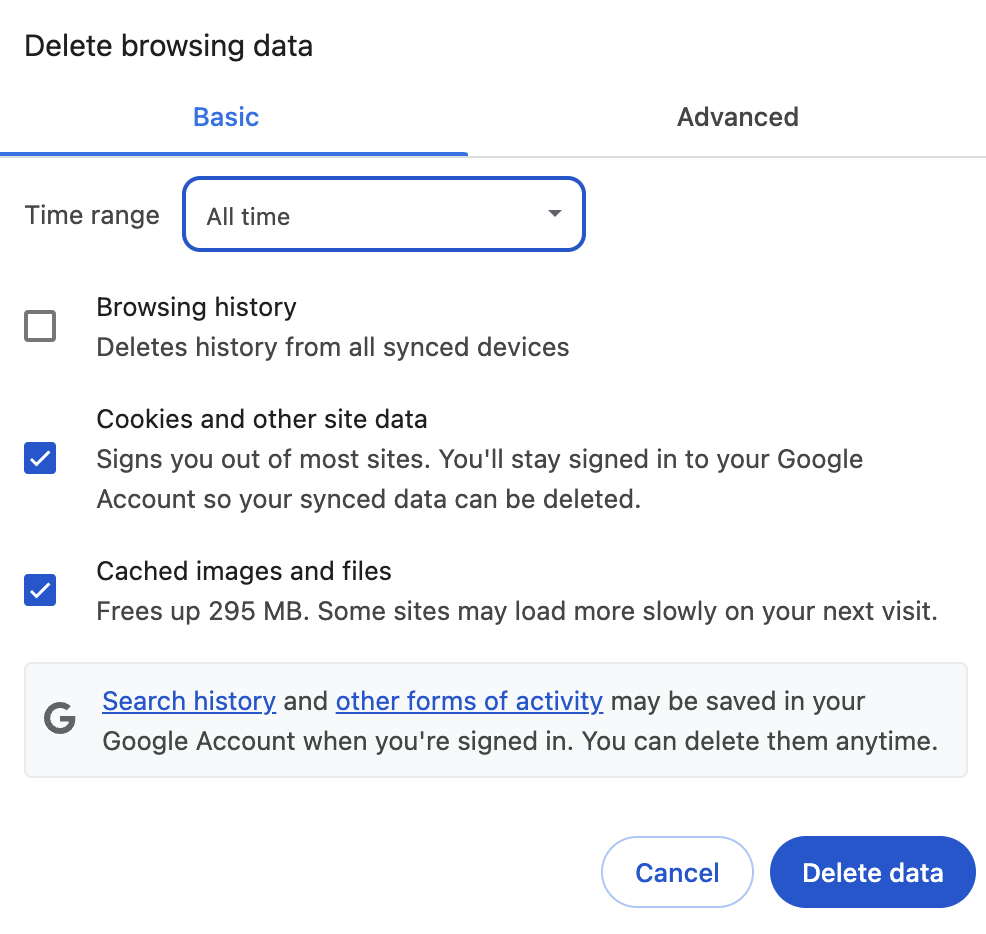
While this works beautifully for simple queries (e.g., “Find me a flight to Paris” is immediately dispatched to the FlightAgent), a new problem quickly becomes apparent. When asked, “Book a flight to Paris and then find a hotel,” the coordinator calls the FlightAgent and stops. It has done its job of routing the initial request, but it cannot orchestrate a multi-step workflow. The manager is a great receptionist but a poor project manager
This limitation stems from how the system handles sub-agents. When the Root Agent calls the Flight Agent as a sub-agent, the responsibility for answering the user is completely transferred to the Flight Agent. The Root Agent is effectively out of the loop. All subsequent user input will be handled solely by the Flight Agent. This often leads to incomplete or irrelevant answers because the broader context of the initial multi-step request is lost, directly reflecting why the manager struggles as a “project manager” in these scenarios.
Step 2: Give your coordinator tools
The coordinator needed an upgrade. It shouldn’t just forward a request; it needed the ability to use its specialists to complete a bigger project. This led to the next evolution: the Dispatcher Agent with Agent Tools.
Instead of treating the specialists as destinations, we will treat them as tools in the root agent’s toolbox. The root agent could then reason about a complex query and decide to use multiple tools to get the job done.
Using the ADK, the specialized agents are converted into AgentTools.
Source Credit: https://cloud.google.com/blog/products/ai-machine-learning/build-multi-agentic-systems-using-google-adk/



